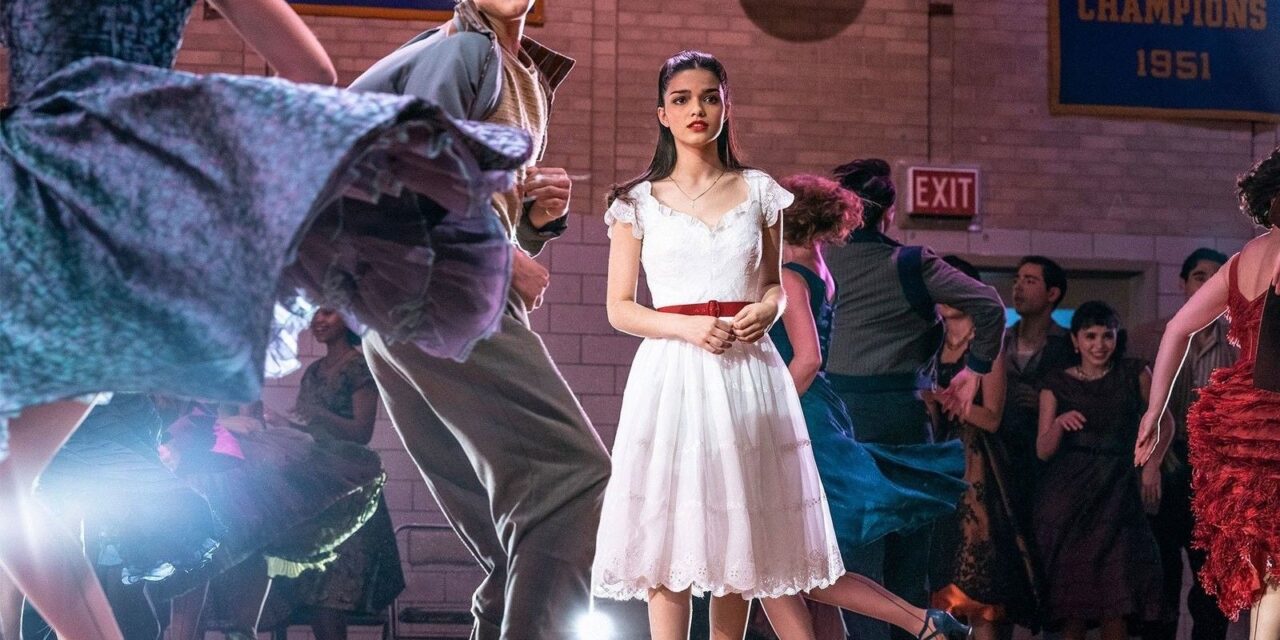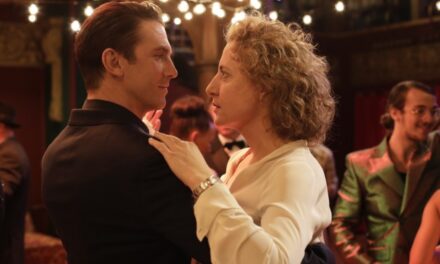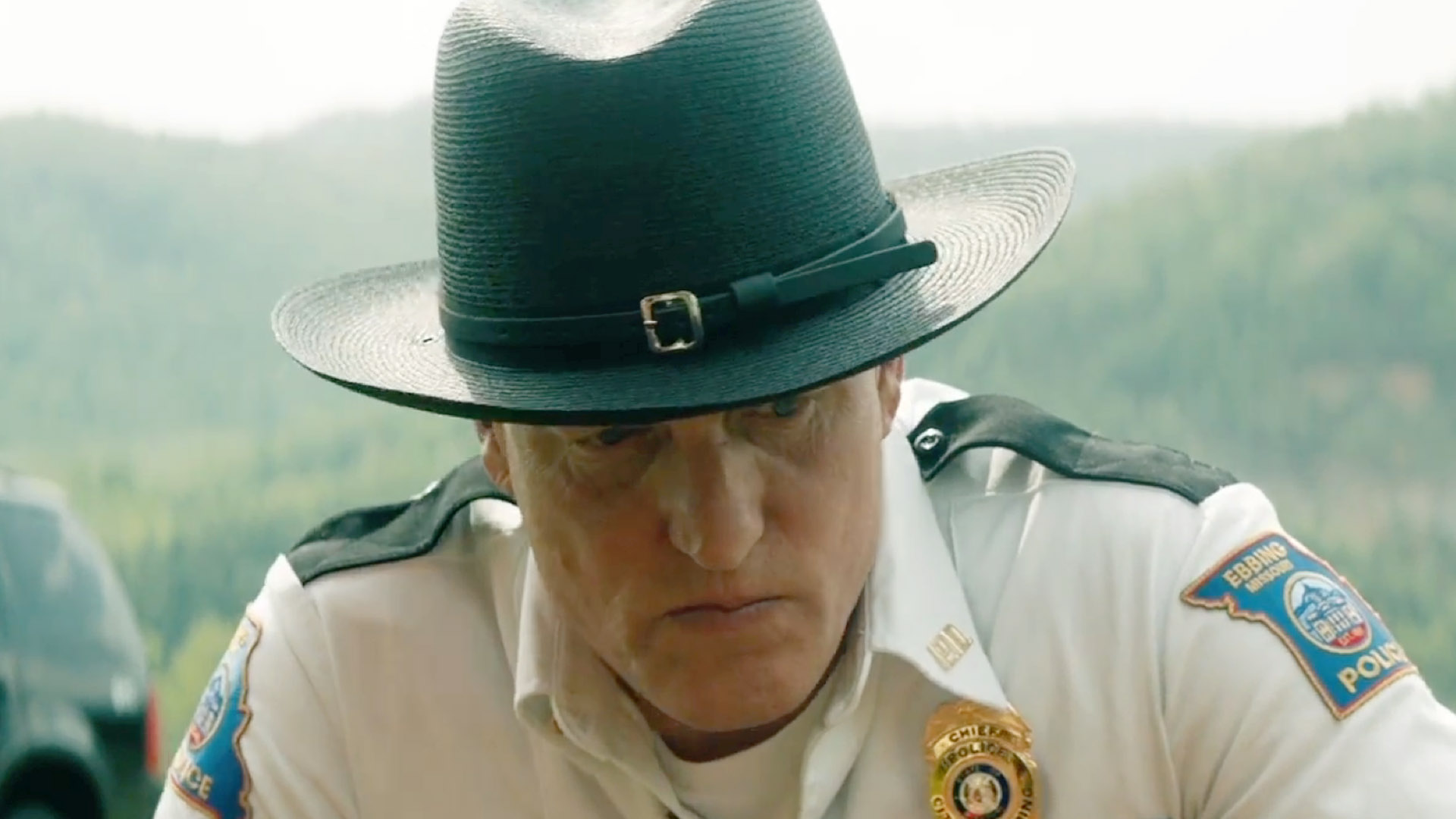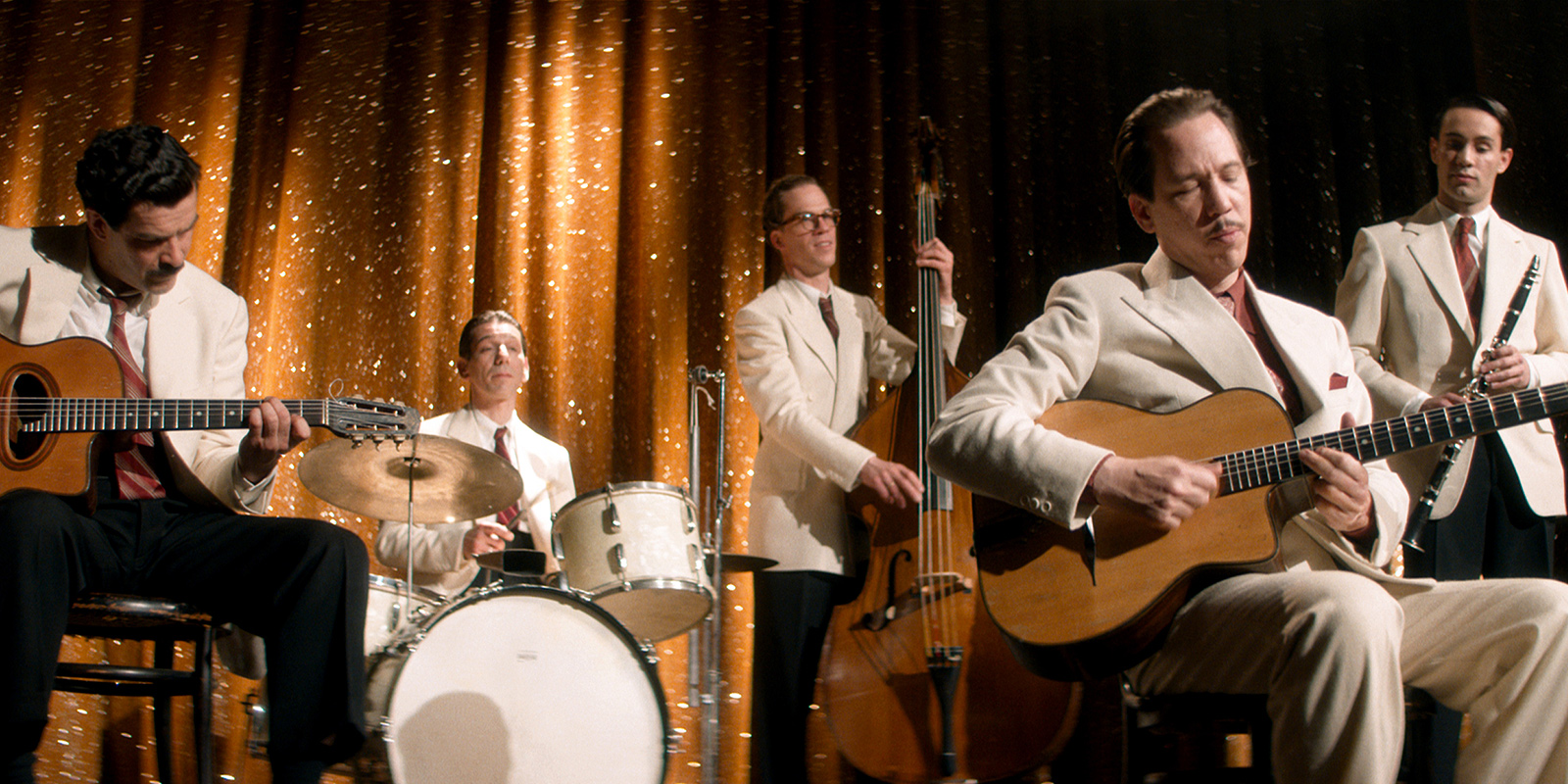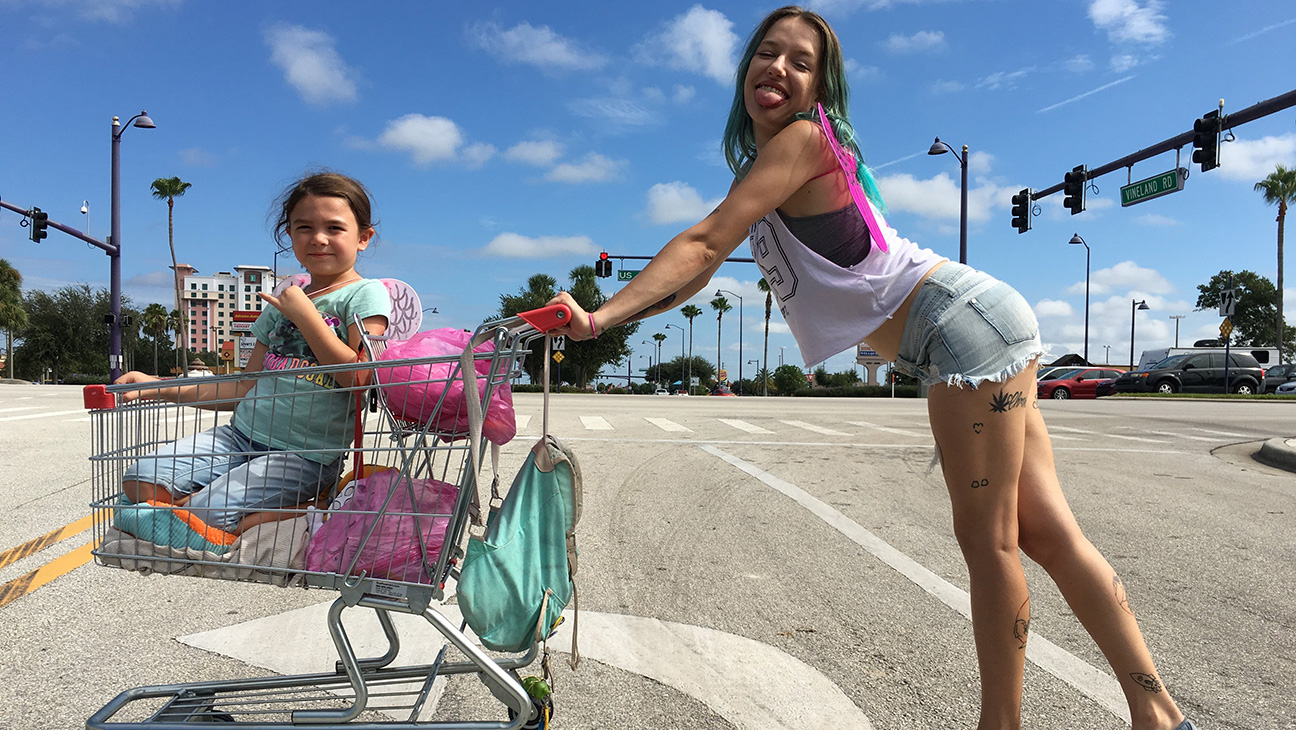In a 2020 interview with Variety, director Steven Spielberg stated that he completely fell in love with the music of West Side Story as a kid. That same admiration permeates throughout his 2021 update – from the set design, costumes, and his trademark spotlight shot framing. You feel authentically transported to 1957 New York. Since its inception on Broadway, West Side Story, a different take on Shakespeare’s Romeo and Juliet, has been infused into modern culture ever since.
Spielberg, along with writer Tony Kushner, attempts to rectify some issues with the 1961 movie and give characters some additional direction. When the movie opens, there is rubble, wrecking balls, and a shot of a Lincoln Center Arts project sign stands as the slums stand to fade away. At that point, we meet The Jets, an all-white group of kids, and The Sharks, an all Latino ensemble, and see that their relationship is very contentious. Kushner puts in some historical context in how African American and Puerto Rican families were evicted from San Juan Hill for this project. No one goes untouched in this re-imaging of classic New York, and thus, a turf war ensues even though most of the neighborhood will be gone.
The Jets have a sense of entitlement built on prejudice and the perception that their “American” history is the only history that matters. They are the last remnants of a community that’s moved on to other cities, and all they have is something that’s being taken from them, anyway. “Officer Krupke” number plays upon the gang as being discarded misfits flippantly. But that’s no reason for the blatant racism in how they treat the Sharks, a working-class community who takes pride in their culture and infuses it through their everyday lives. Spielberg elects not to use subtitles when Spanish is spoken, which strives to give a bit of authenticity to the film. The choice may be divisive, but emotions are easy to decipher, given body language. Unlike the 1961 film adaptation, Latino actors were cast and, thankfully, from all different backgrounds and shades of colors.
Rachel Zegler does a beautiful job playing Maria and is exceptional in singing numbers such as “I Feel Pretty” and the “Tonight, Tonight” duet. Ansel Elgort’s portrayal of Tony is serviceable. He gets added backstory as someone who has done time upstate for his part in a violent brawl and seeks redemption. During a neighborhood dance, Tony and Maria lock gazes on each other, and their story begins. Sometimes in the musical numbers where the command of Zegler overtakes Elgort. They have some chemistry at points, but because there are so many interesting elements at play like socioeconomic changes, it’s not the central driver as it was in the 1961 film.
Tony and Maria is a love story that gets birthed on fire escapes and personal declarations under the storm clouds of a rumble. It’s at the forefront; however, more attention is given to the secondary characters. Primarily, because the performances are outstanding, they would be hard to ignore. Bernardo (David Alvarez) is a charismatic boxer, leader of The Sharks, older brother of Maria, and boyfriend of Anita (Ariana DeBose). His main point of contention is Jets leader Riff (Mike Faist), as they are set on a collision course for a big fight. Both actors give a certain charisma to their characters. The audience will see where each of them is coming from, and, sometimes, it’s the most intriguing thing about this version of West Side Story.
While Maria tries to make her forbidden love come to fruition, the film also highlights a love stolen from Anita. Notably, their paths collide during “A Boy Like That/I Have a Love.” DeBose’s Anita is an amalgamation of the tragic circumstances around this neighborhood feud. She is brimming with excitement while singing “America” with Bernado, and by the end, she’s broken by it all. Even with the beautiful set pieces and boastful choreography shown, the undercurrent of sadness still bubbles under the surface. DeBose’s change of emotions is captivating to watch while she’s on screen, as you can resonate with everything she feels. Rita Moreno, who played the original Anita in the 61′ film, makes her triumphant return as Valentina’s new character – the neighborhood’s owner of a convenience store. She serves as a pillar of wisdom and a bridge between the two worlds.
Leonard Bernstein gives the music of the late Stephen Sondheim a fitting tribute. Spielberg doesn’t set out to completely revamp the original works of Arthur Laurents, but saturates modern energy into a classic story that serves everybody contained inside it.

